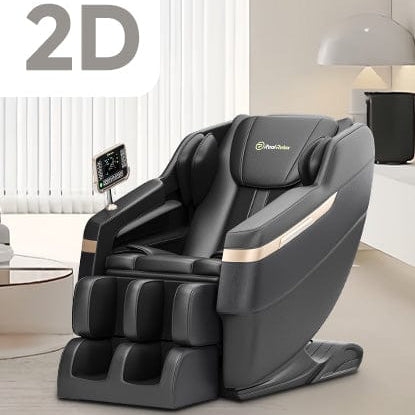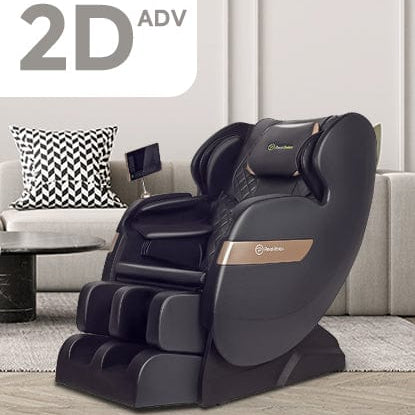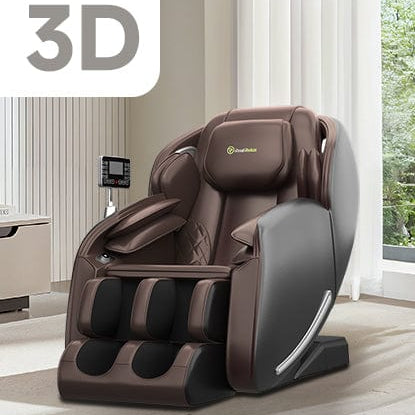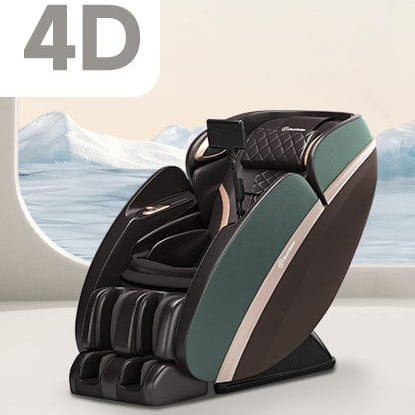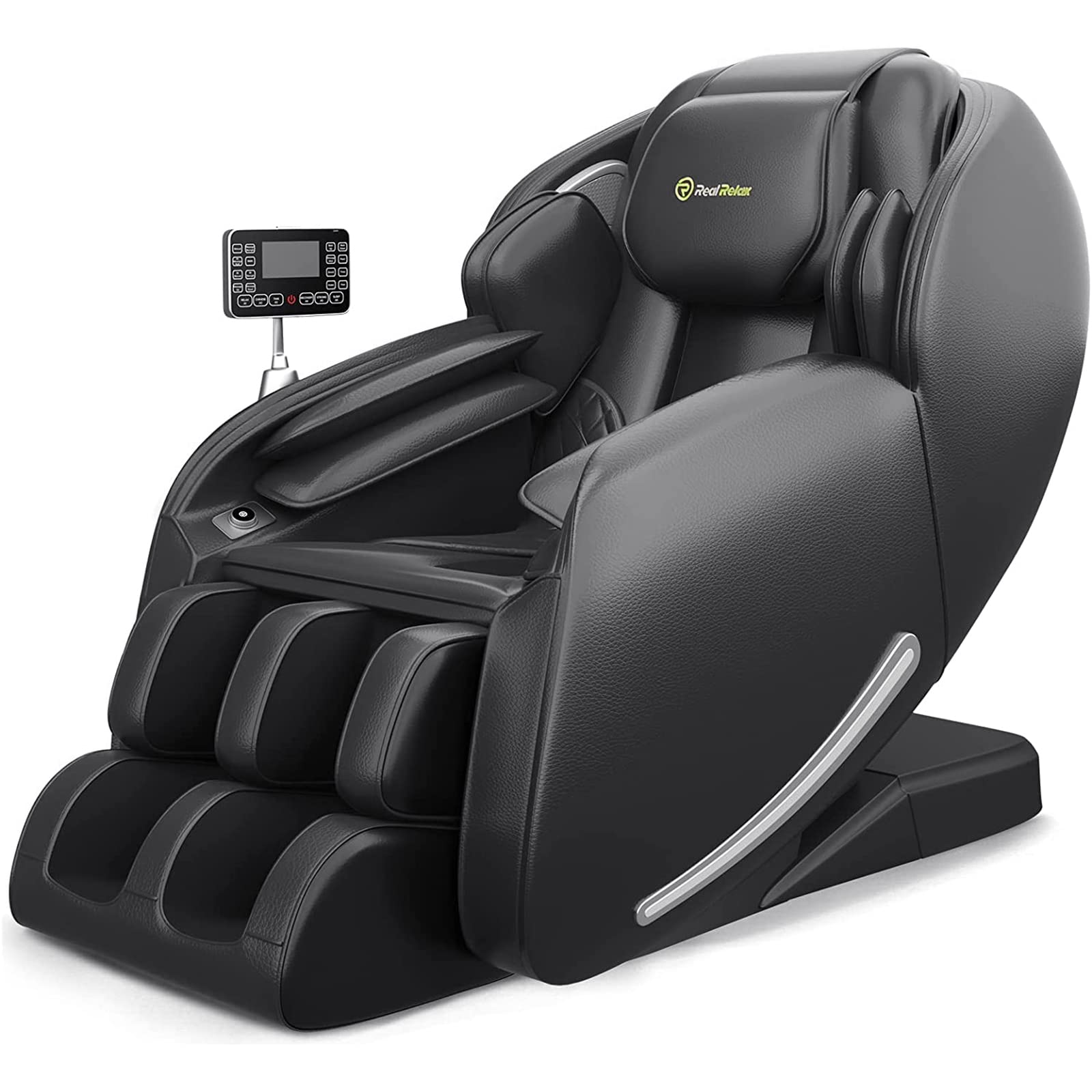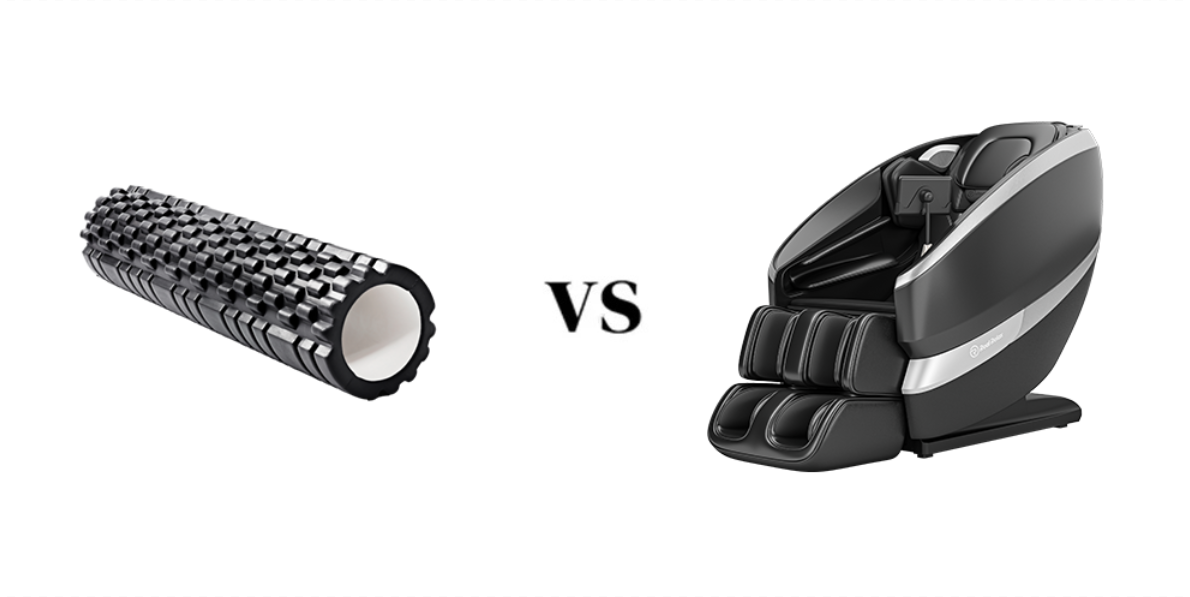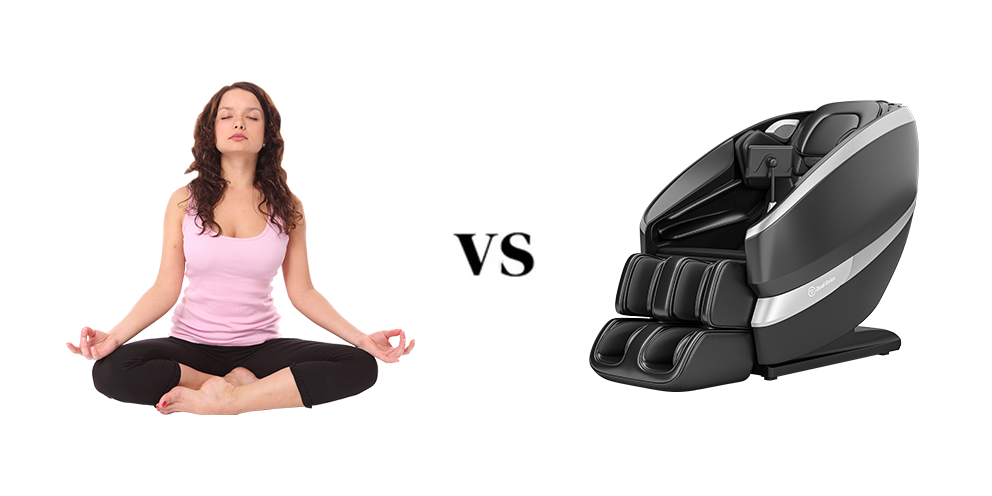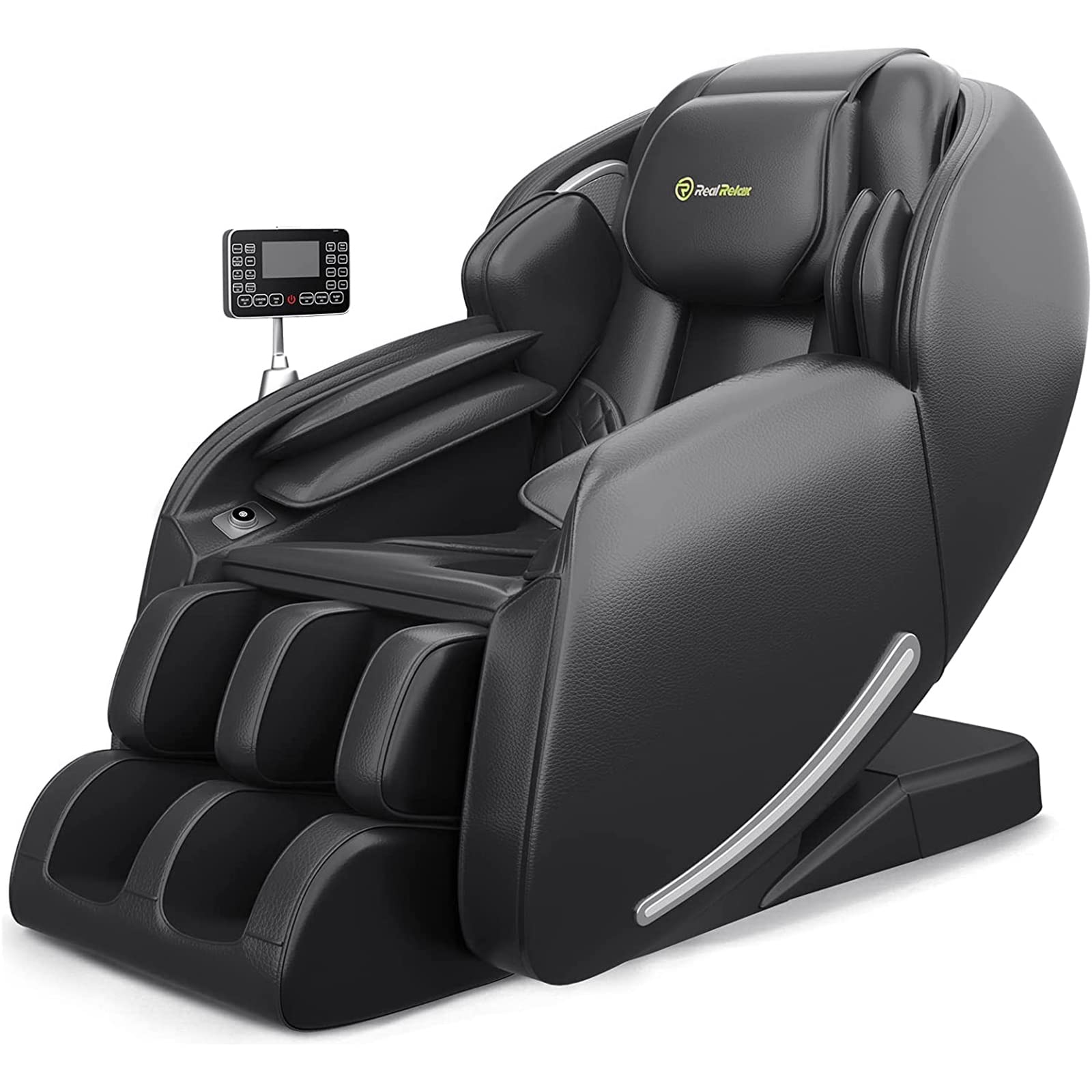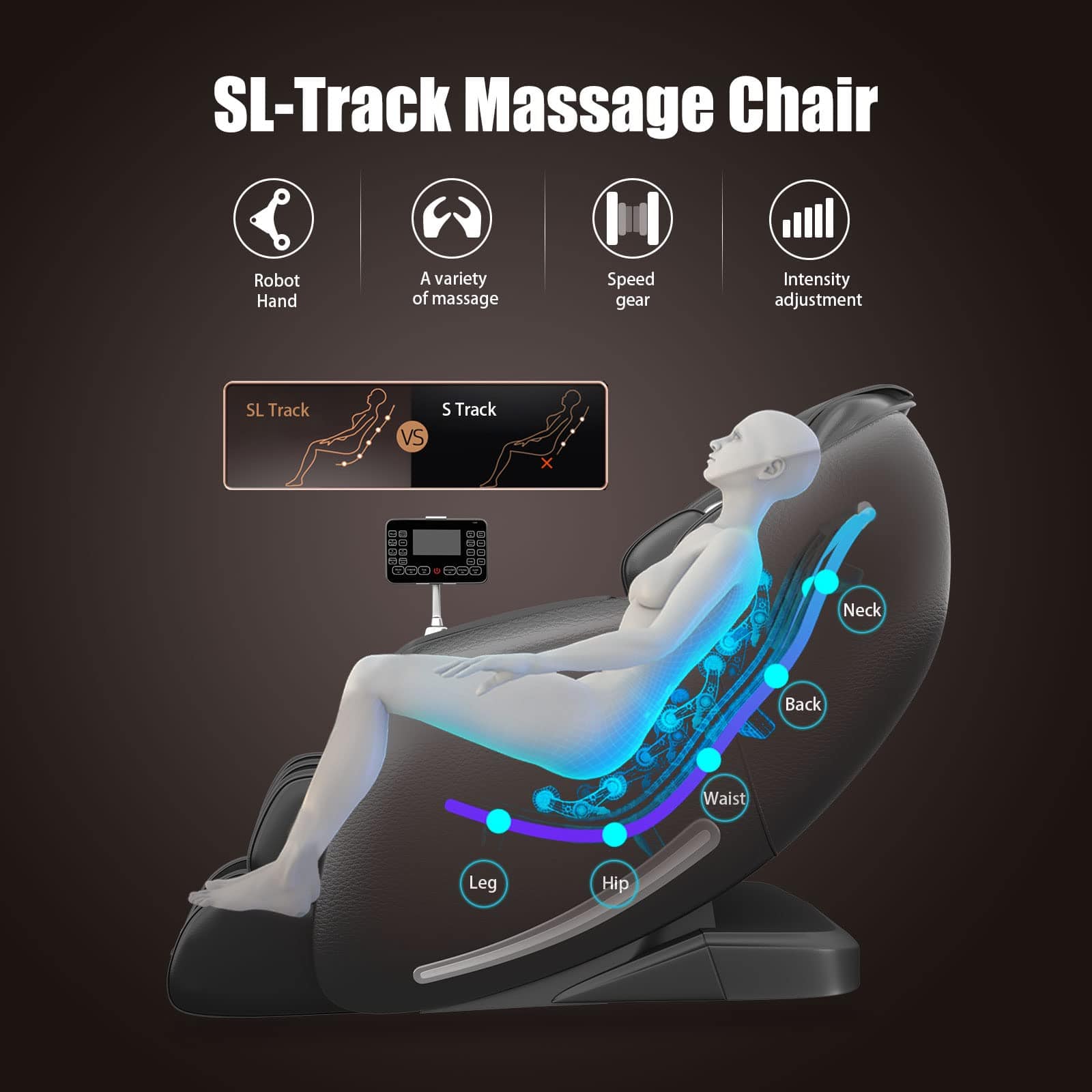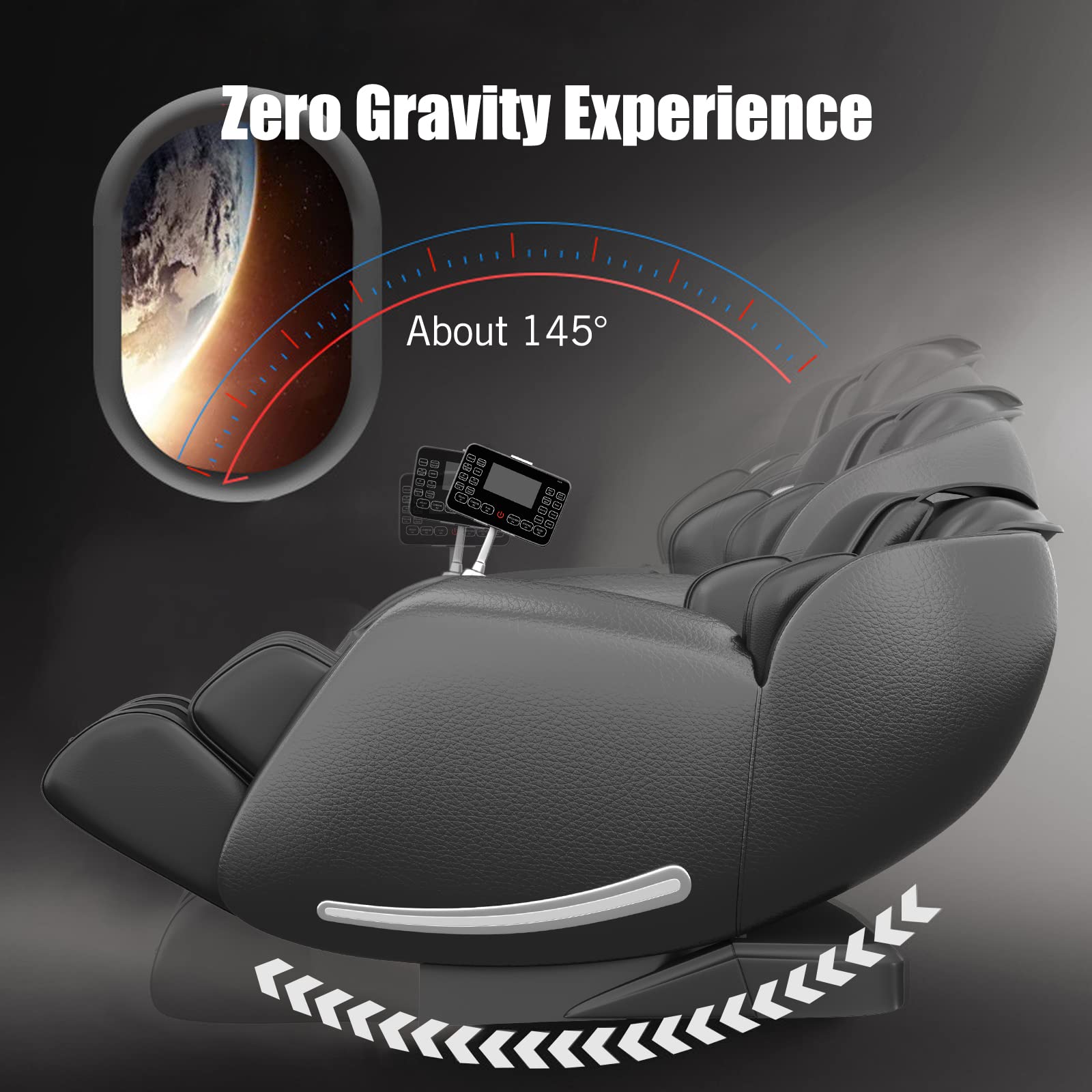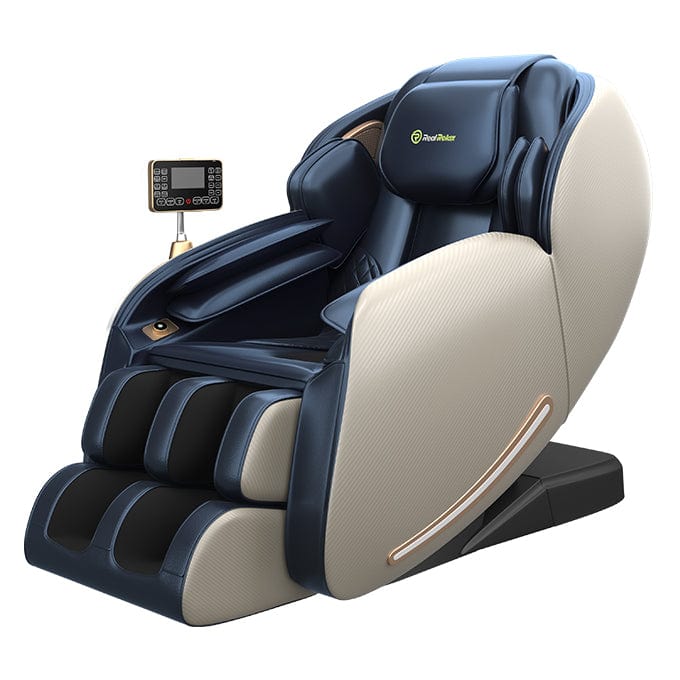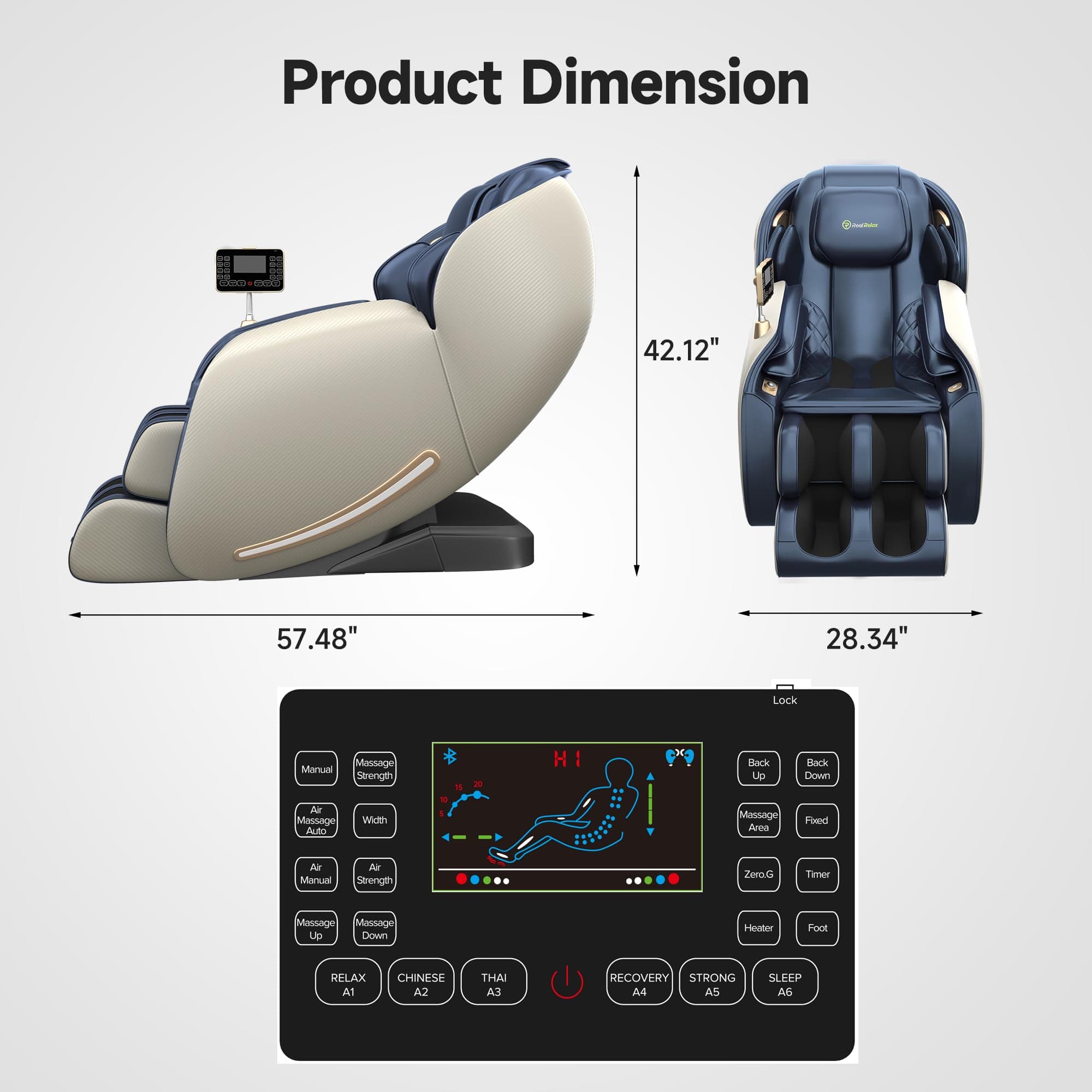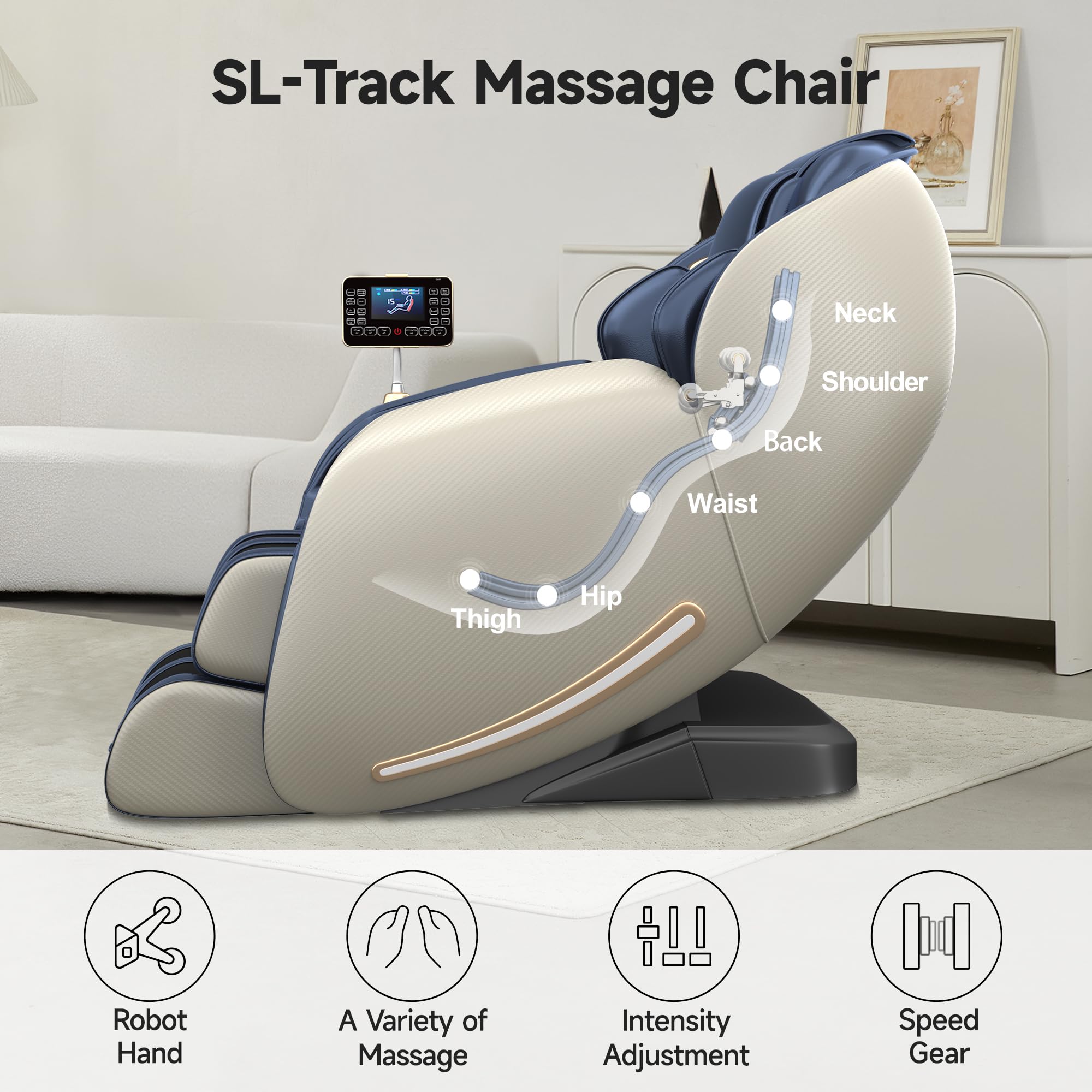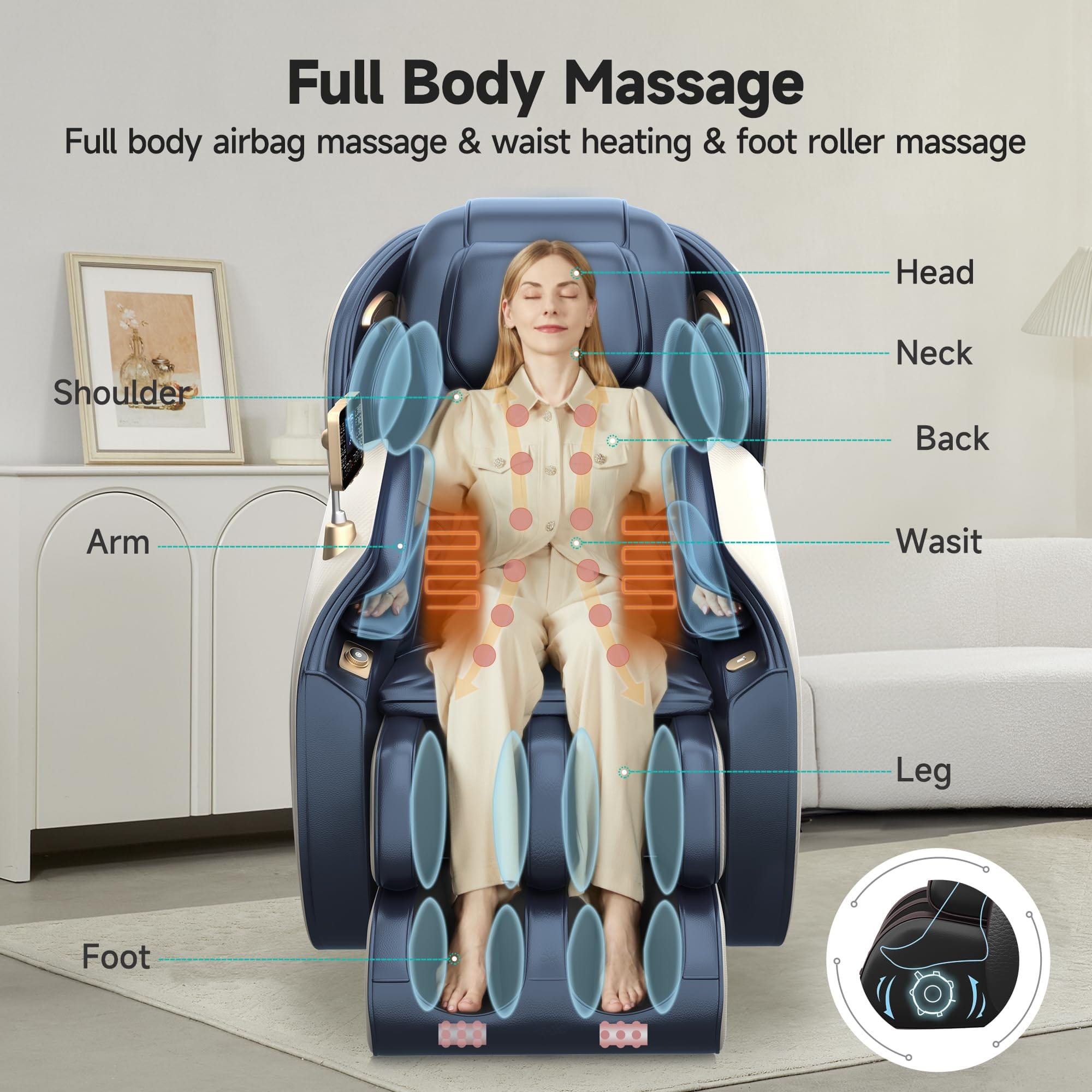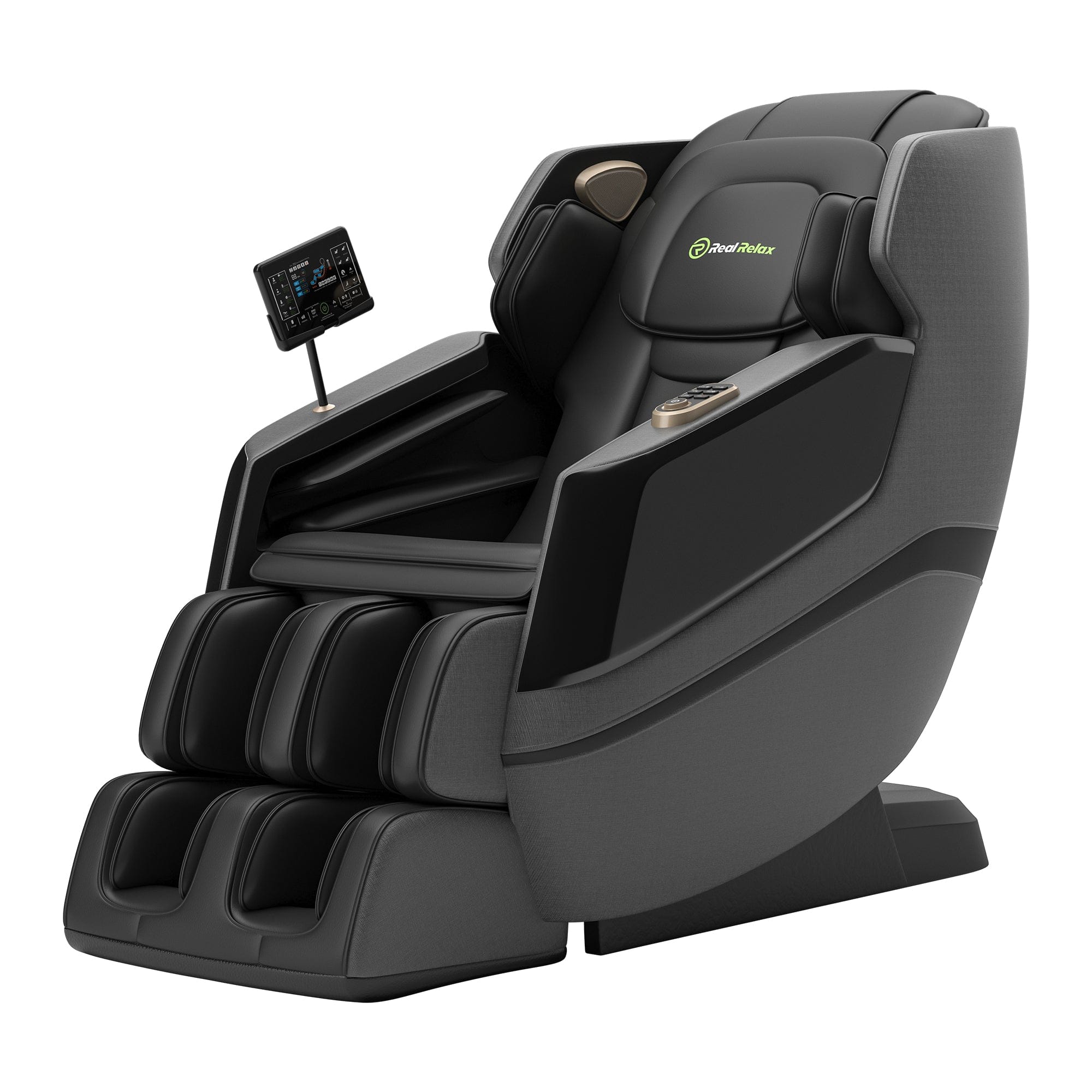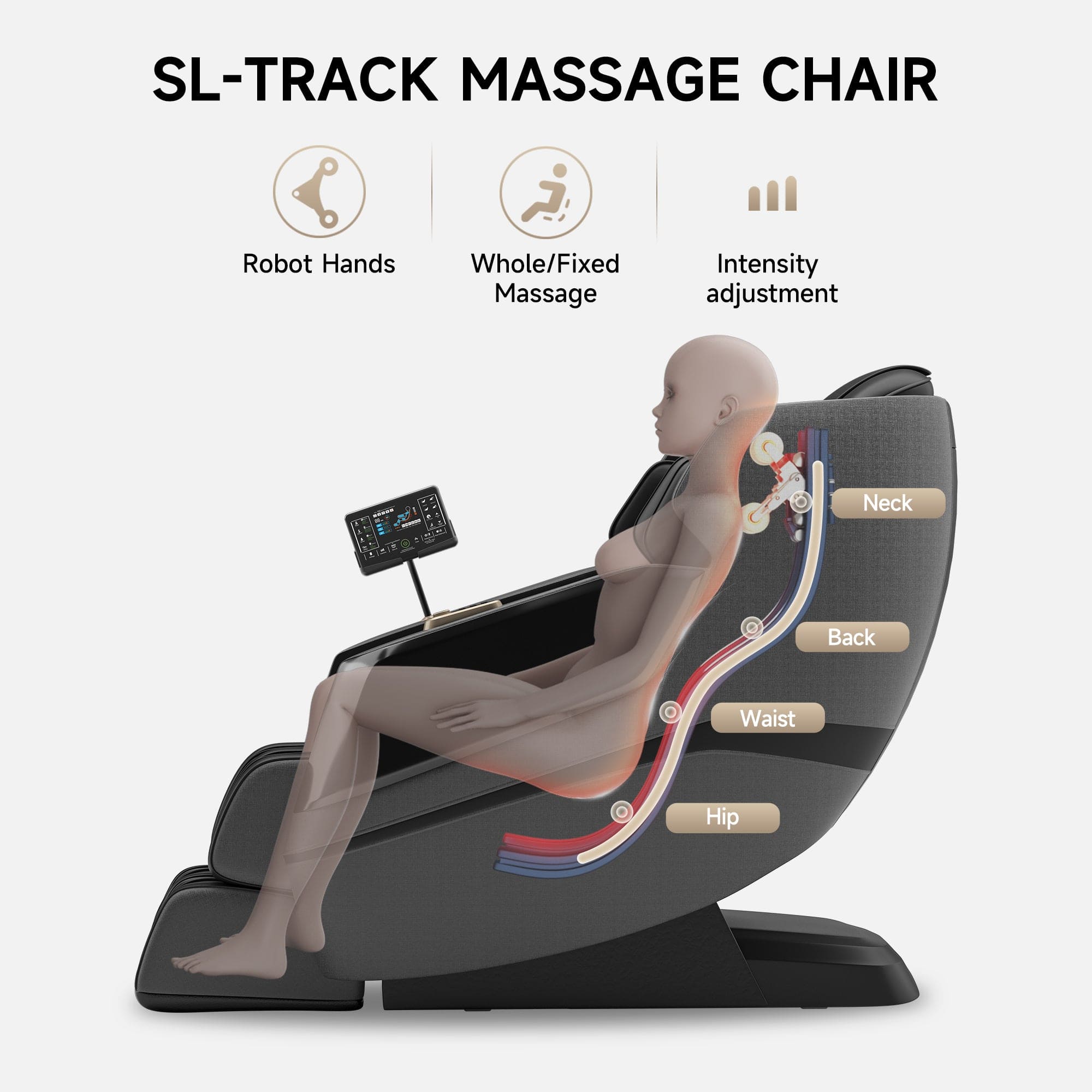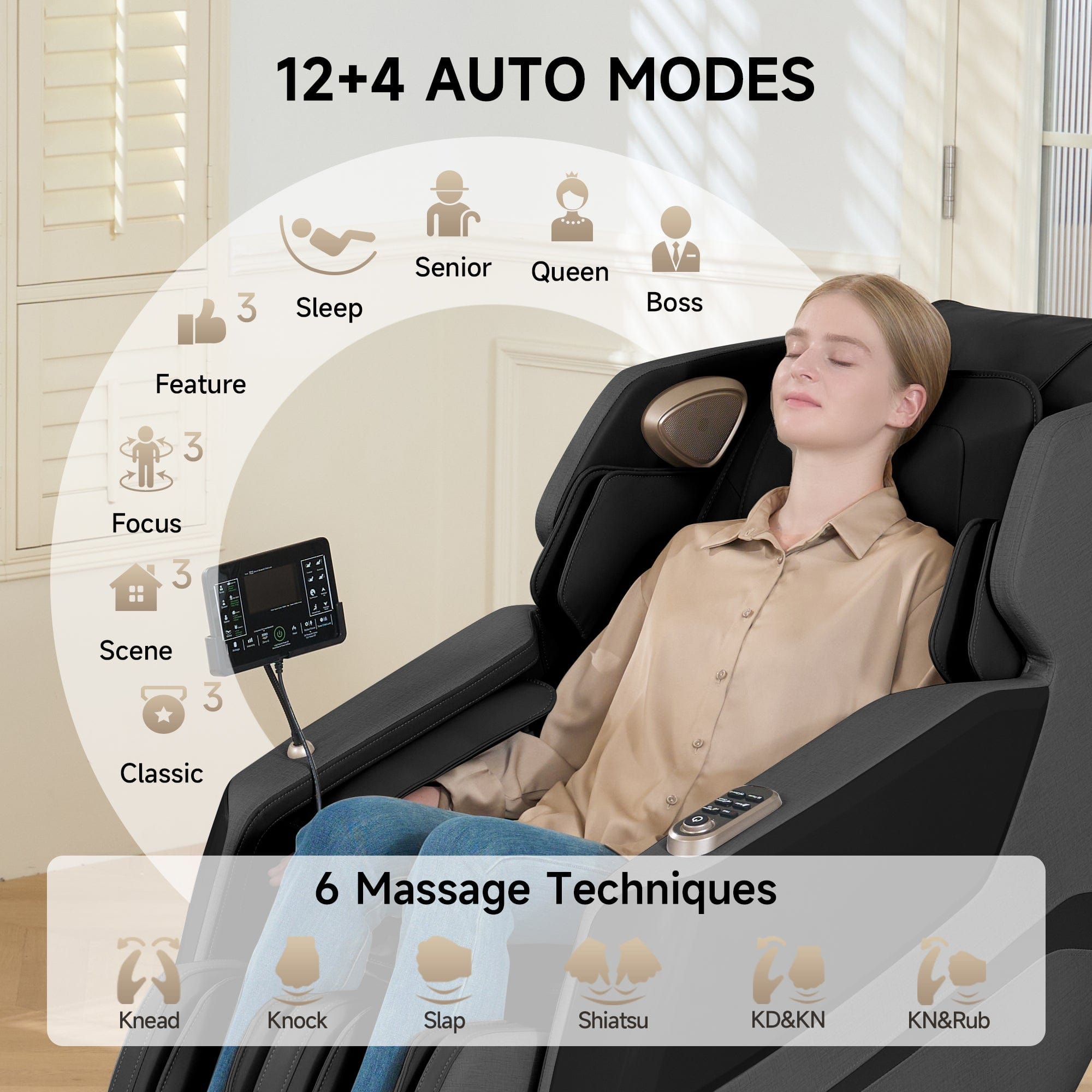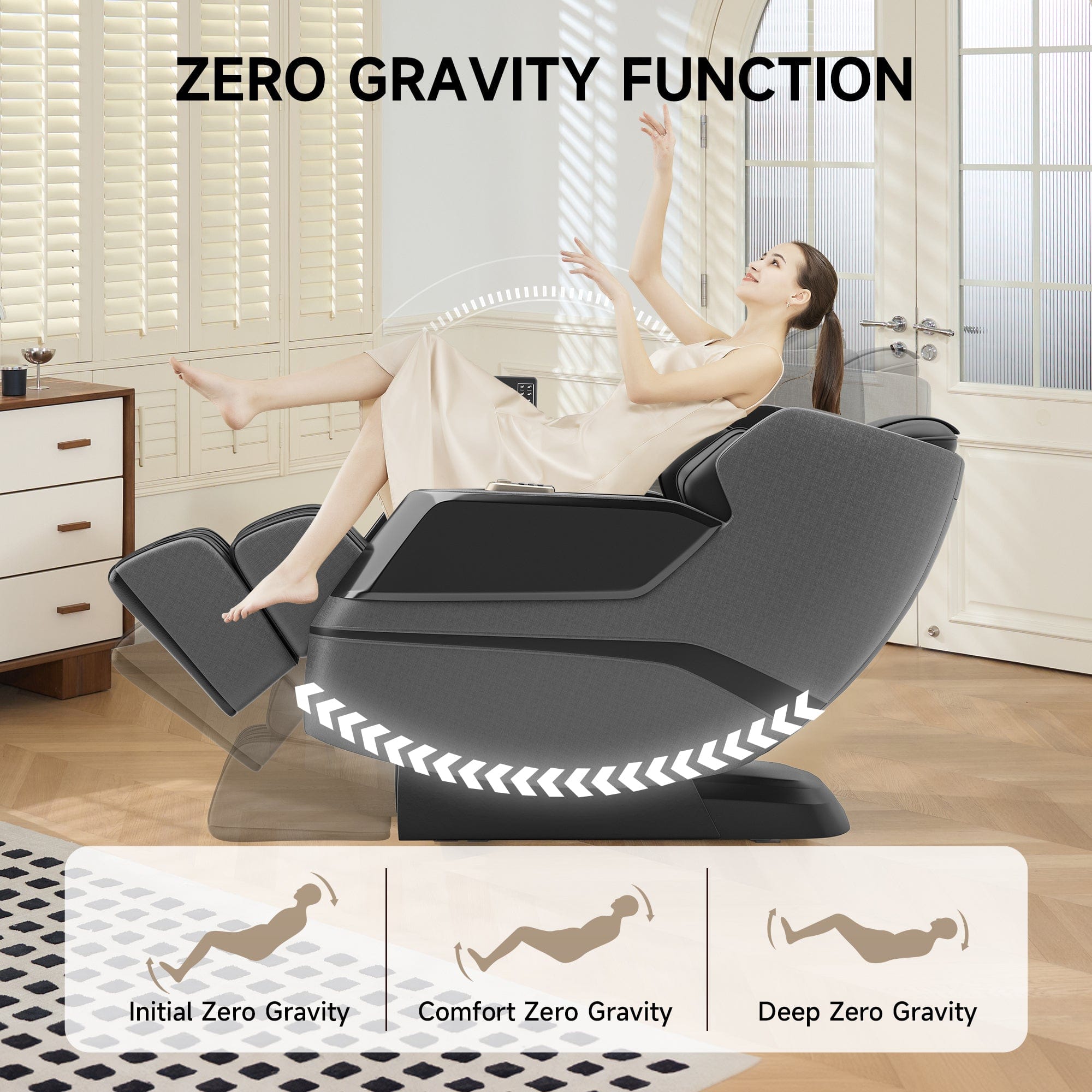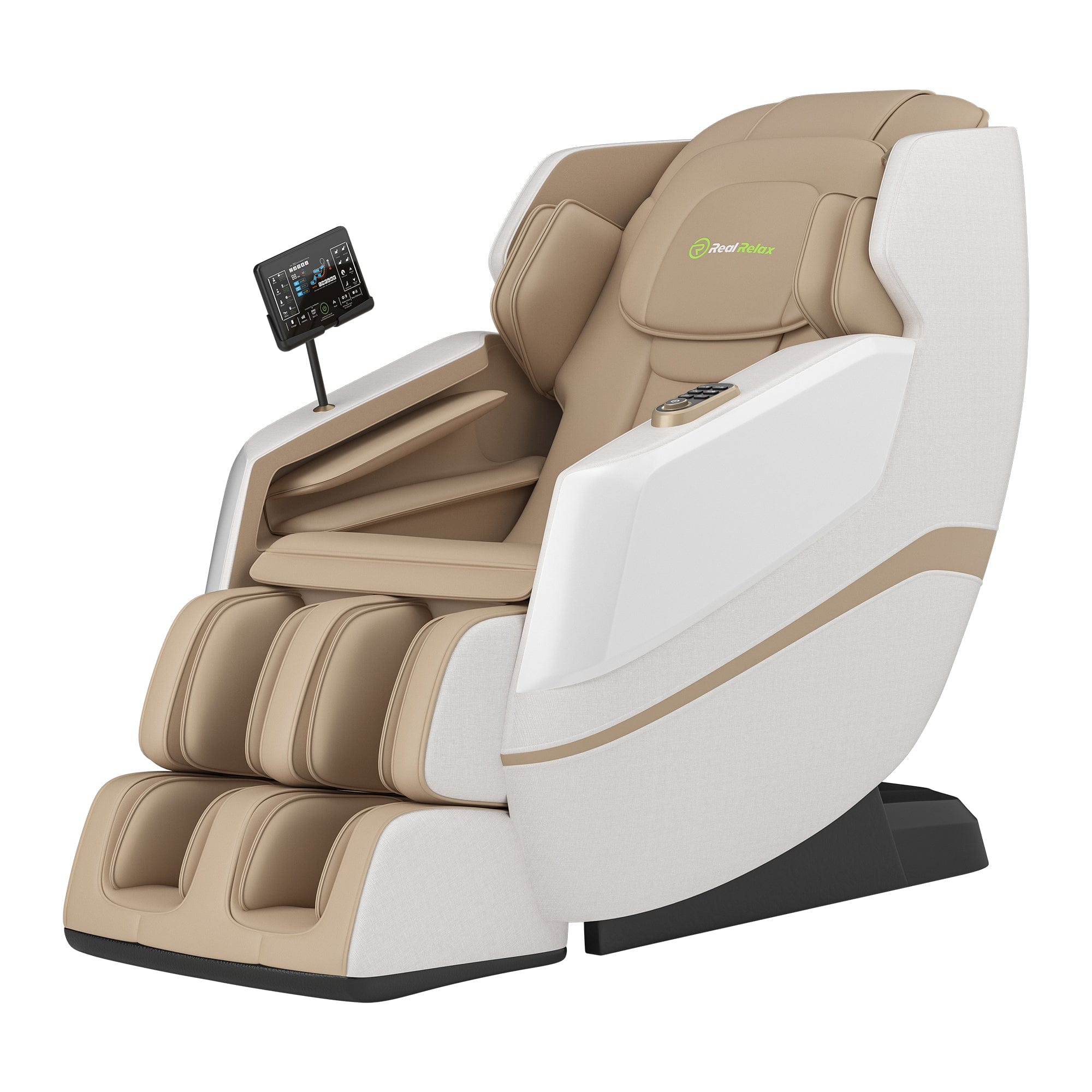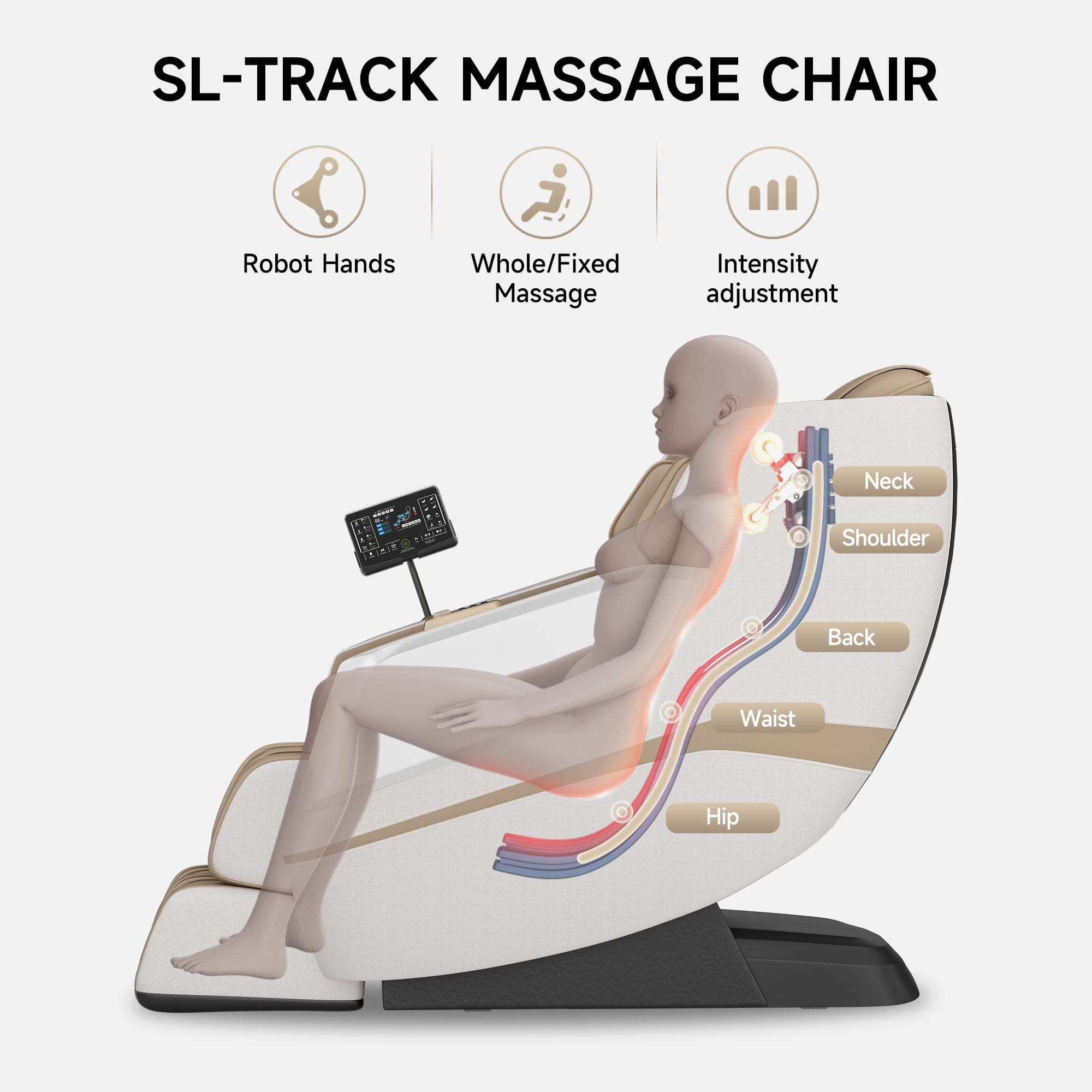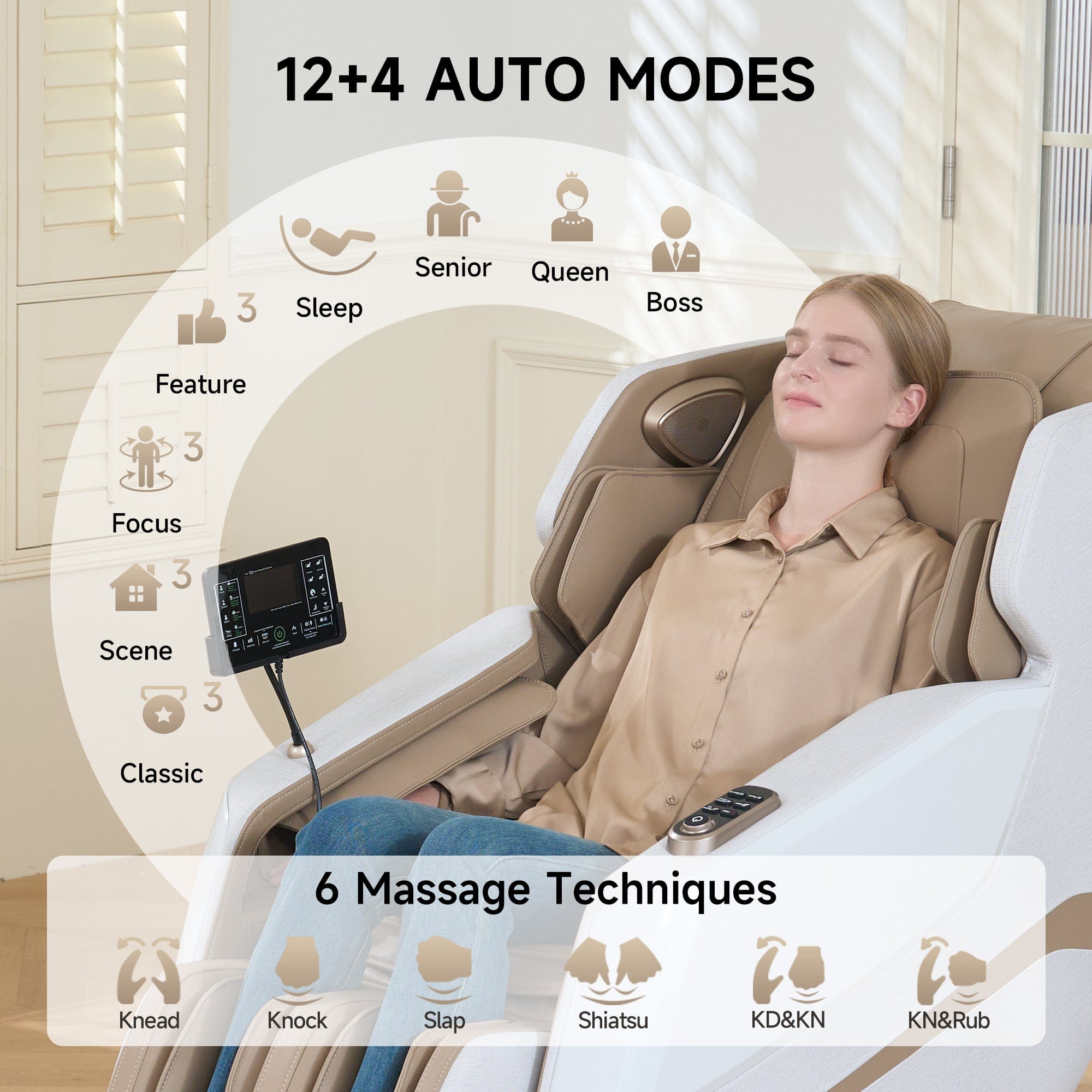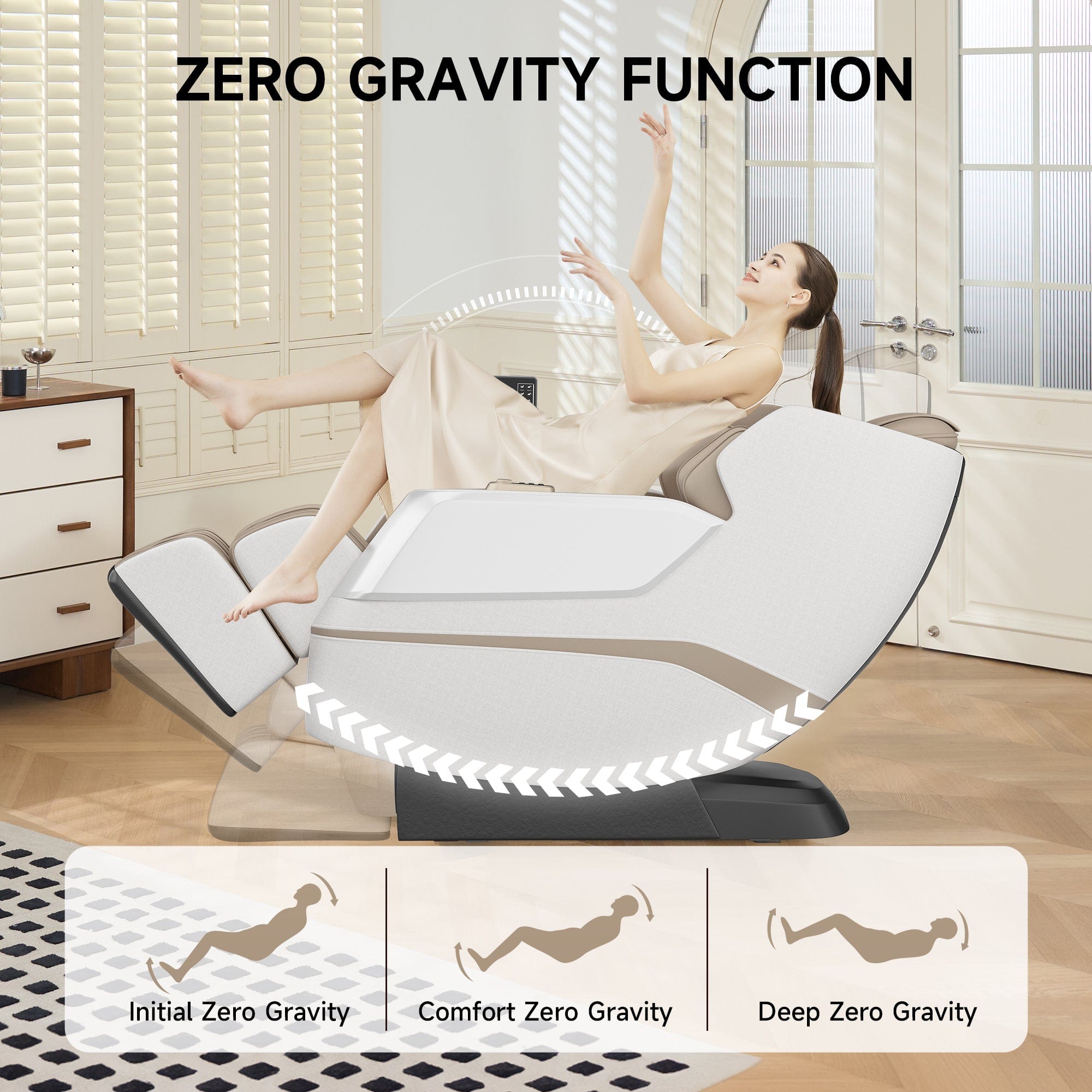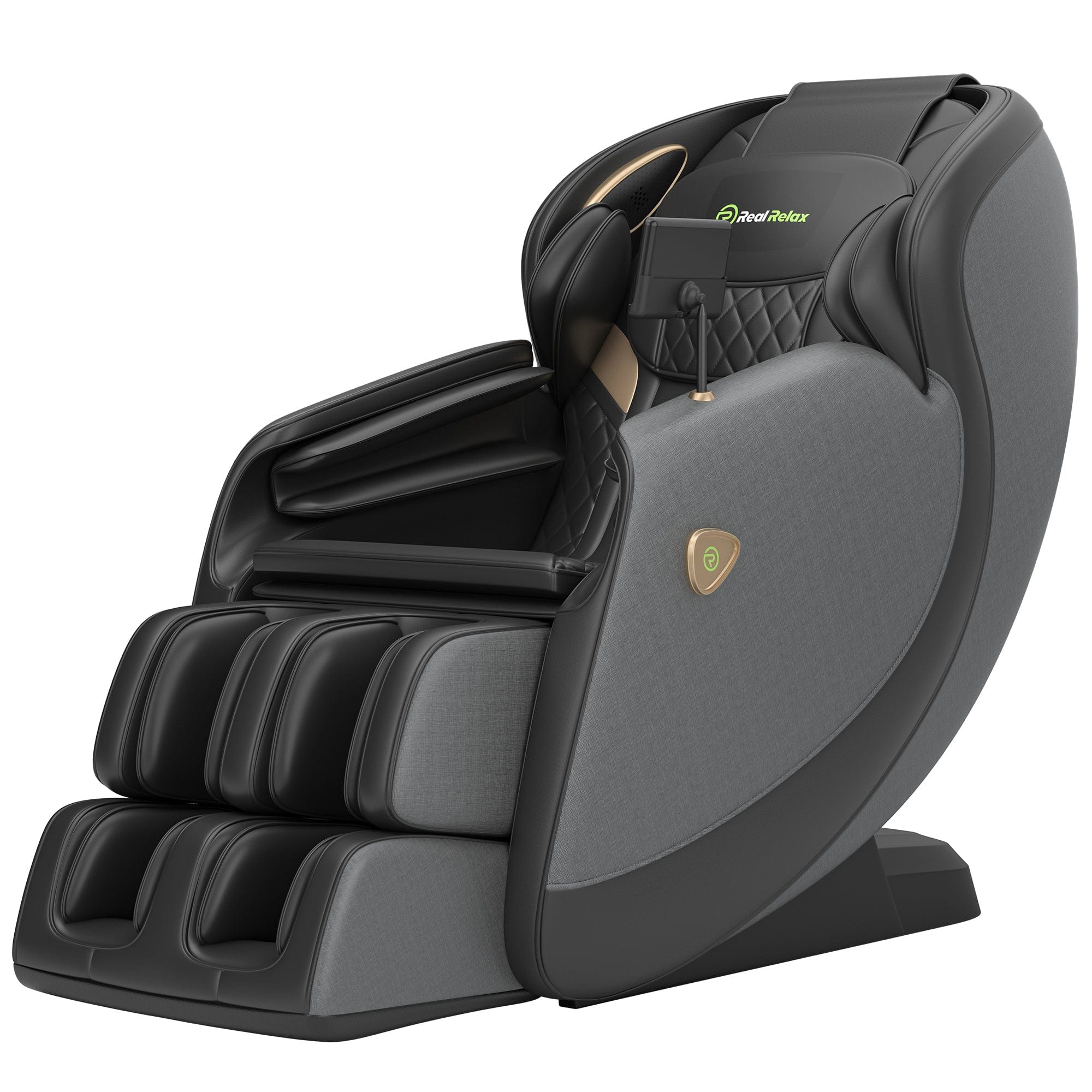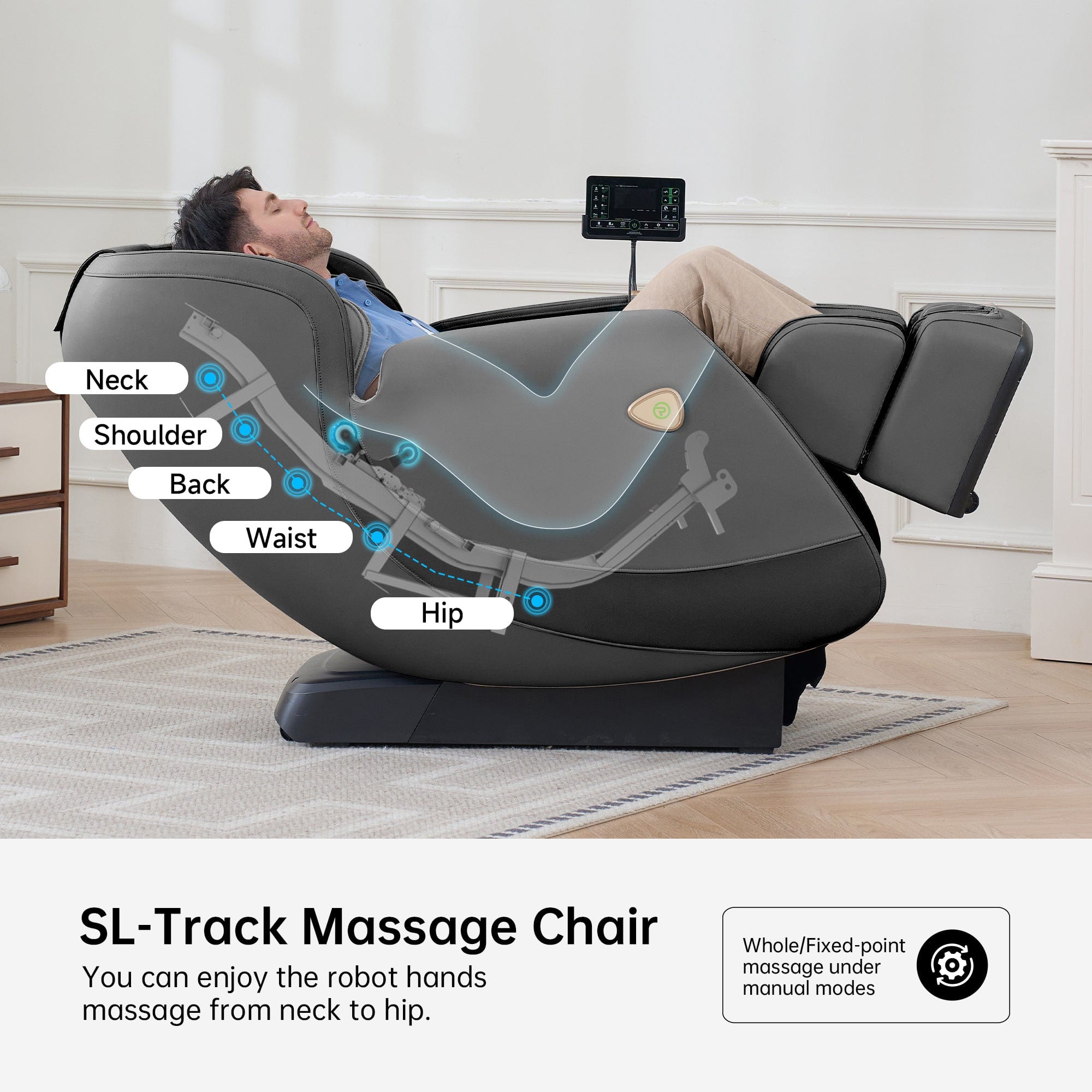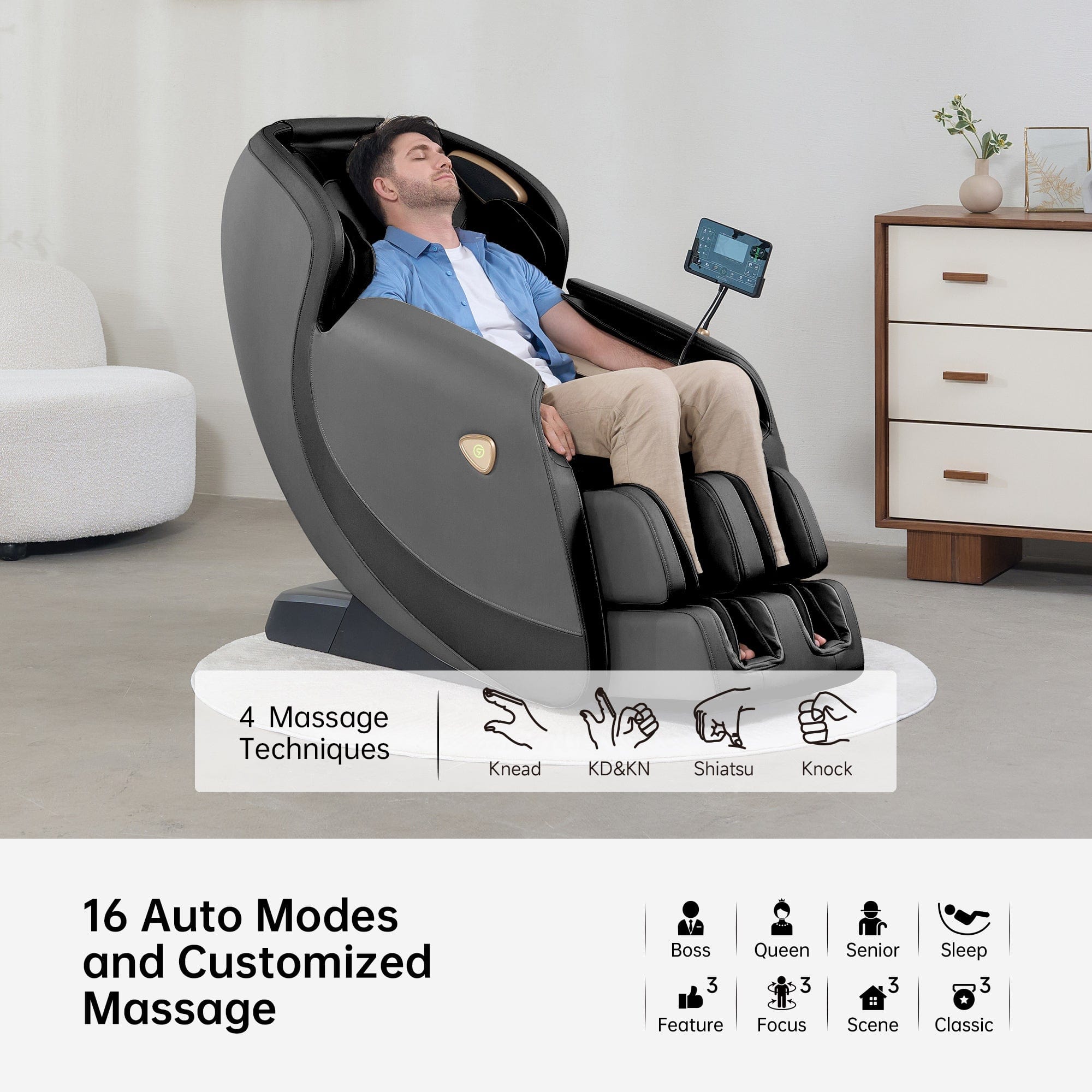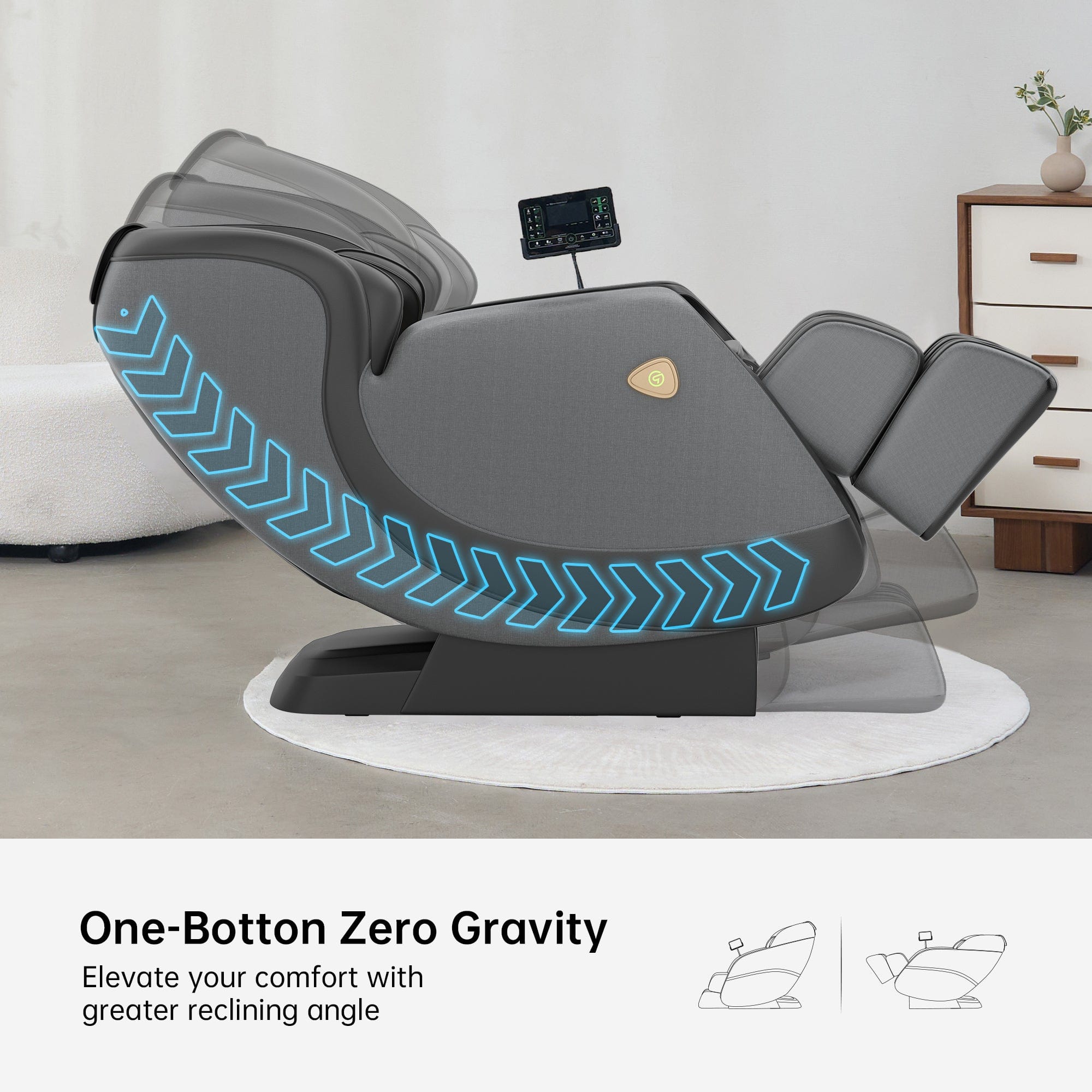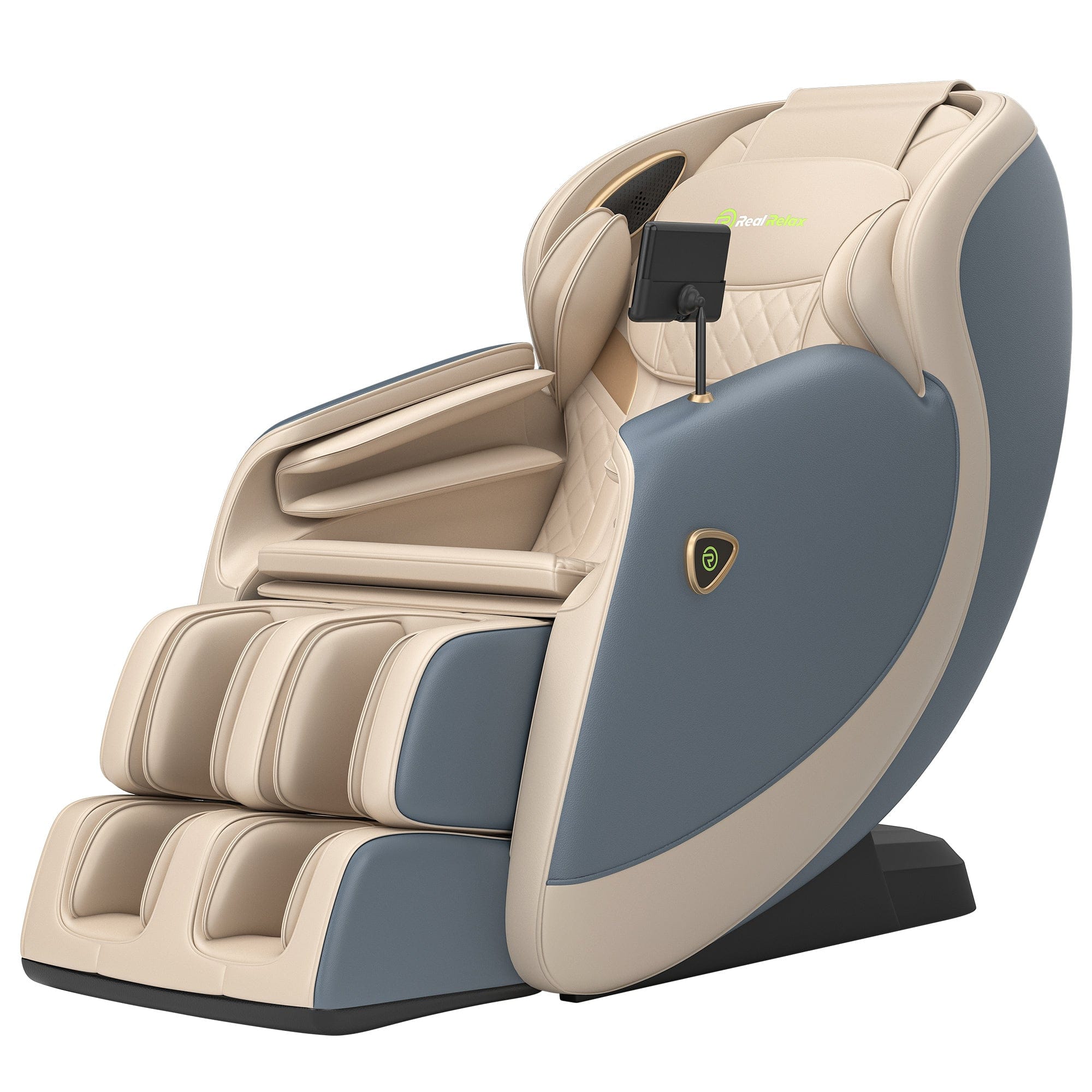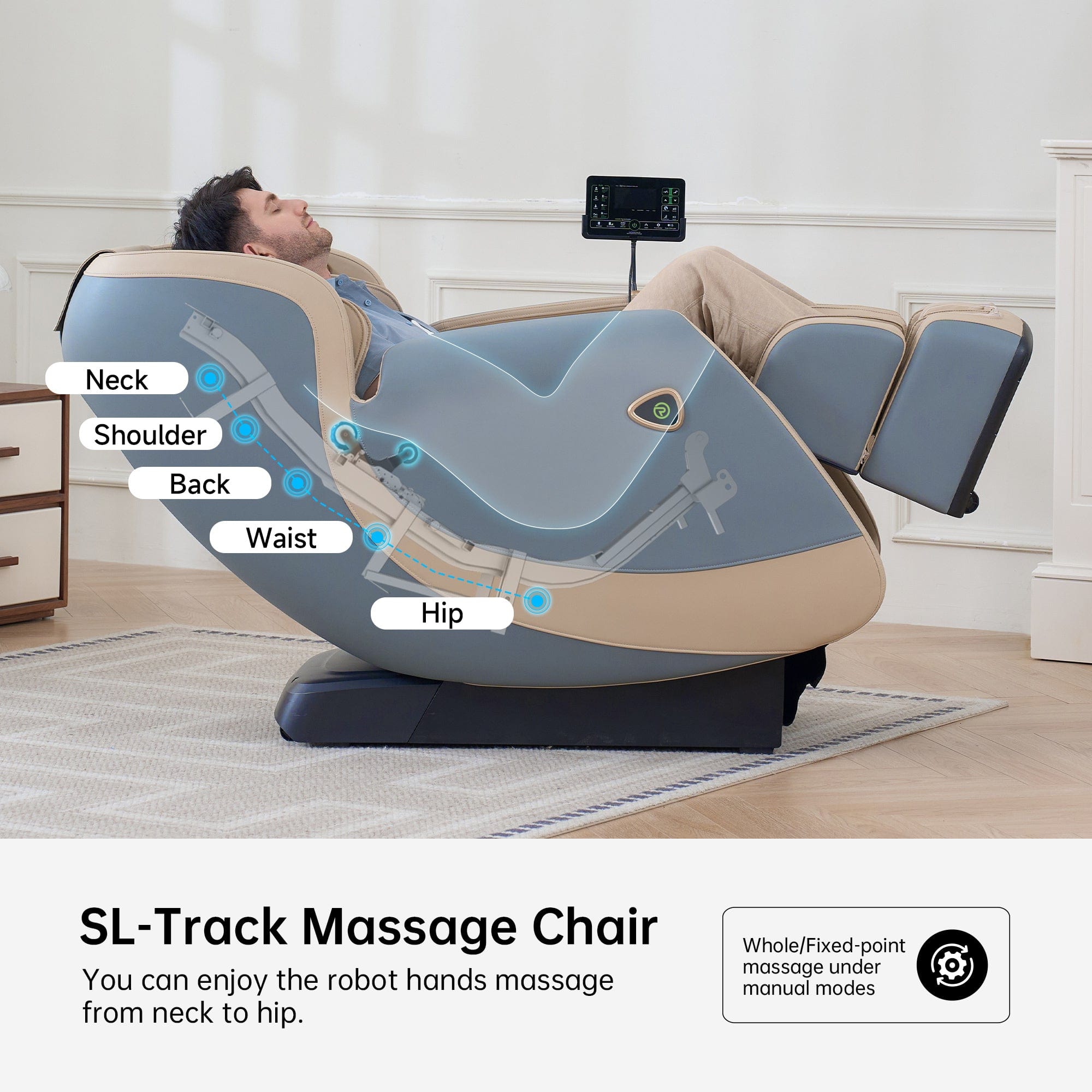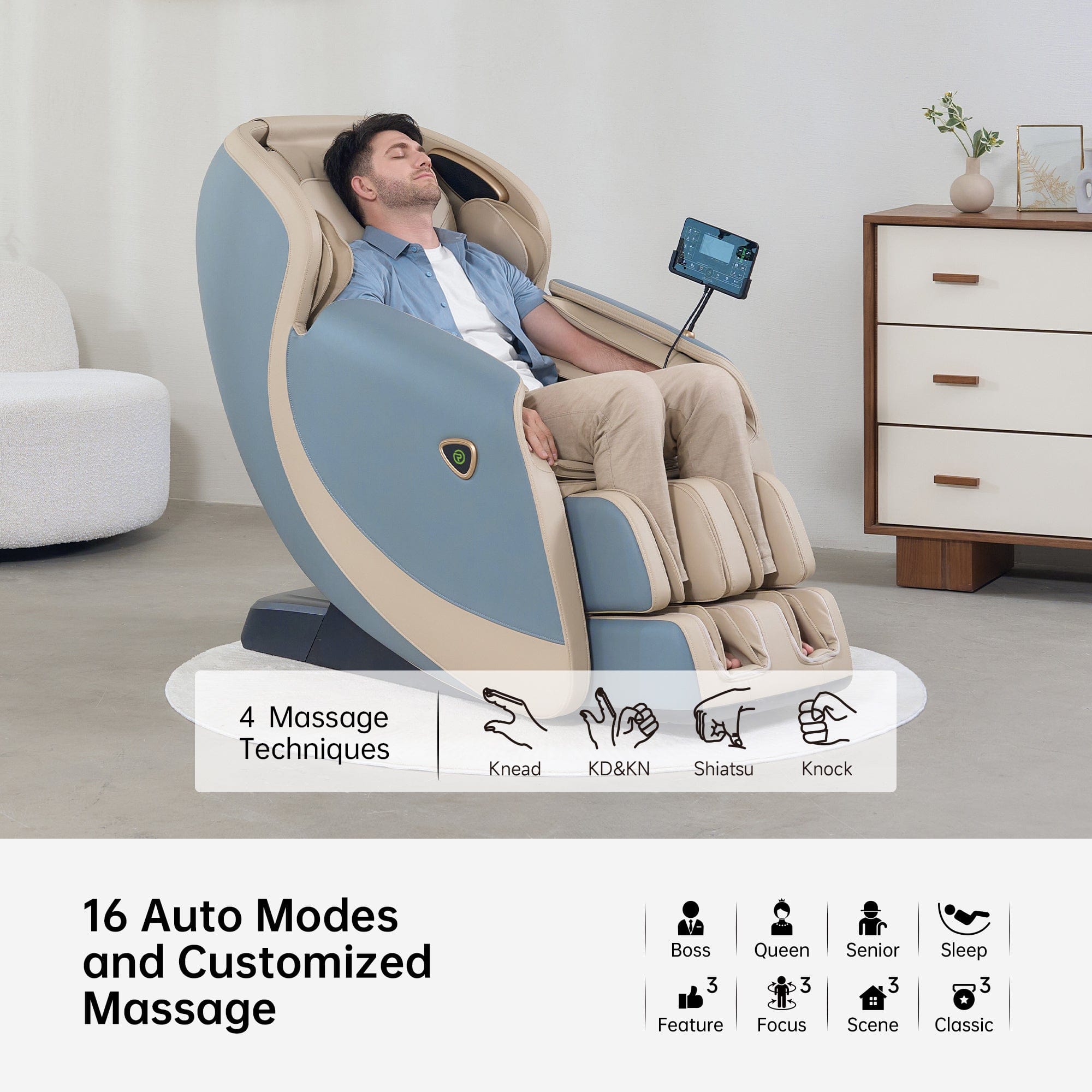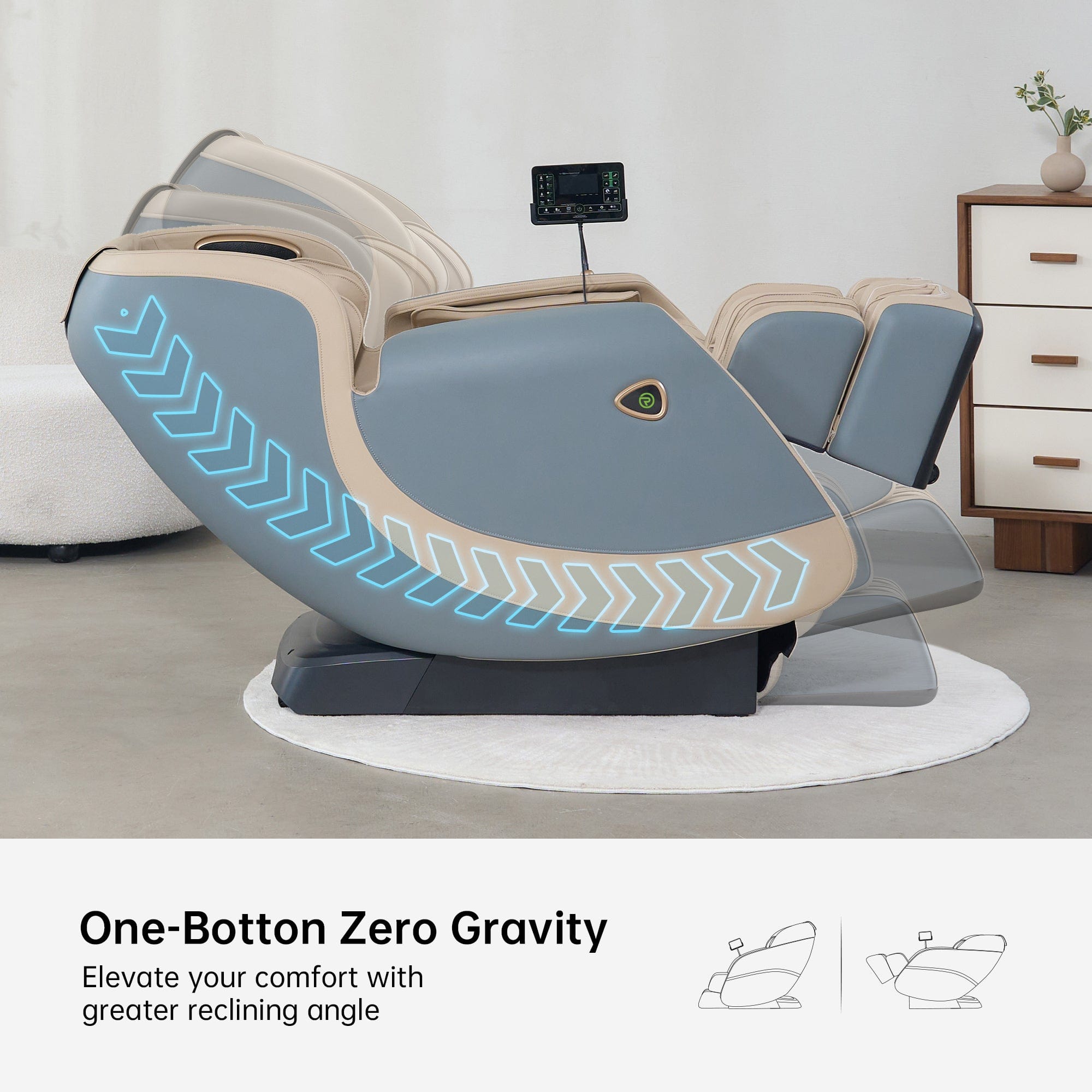If you’ve ever finished a tough workout or spent hours at a desk, you’ve probably felt the need to loosen tight muscles. Two popular options for muscle recovery are home massage chairs and foam rolling. Both help relieve tension and improve circulation, but they work in very different ways.
How They Work
Foam rolling is an active self-massage technique. You use your own body weight to roll over tight muscles, targeting knots and trigger points. It’s hands-on and requires effort, but it’s excellent for working specific areas like calves, quads and the back.

A massage chair, by contrast, does all the work for you. Rollers, airbags and vibration mechanisms simulate professional massage techniques like kneading, shiatsu and tapping. You just sit back and let the chair relieve tension from head to toe.
Effort vs Ease for Muscle Recovery
Foam rolling requires physical effort and some know-how. You need to position yourself correctly, apply the right pressure, and roll slowly to avoid strain. It’s very effective for releasing tight spots and improving mobility, but it can be uncomfortable at first.
Massage chairs are effortless. They provide consistent pressure and adjust automatically to your body shape. You can target your neck, back, legs, and even feet without doing any work. It’s perfect for days when your body is sore and you just want to relax.
Real Relax 2D, 2D ADV, 3D and 4D massage mechanism
Flexibility and Mobility
Foam rolling helps improve flexibility and range of motion by releasing fascia and loosening tight muscles. It works best when combined with stretching, making your muscles more receptive to movement.
Massage chairs don’t actively improve flexibility, but they do relax muscles, which can make stretching afterward easier and less painful. Think of a massage chair as prep work for deeper movement.
Convenience and Lifestyle Fit
Foam rolling is portable and inexpensive—a foam roller can go anywhere, from the gym to home. You control the intensity and target specific areas, but it requires time and effort.

Foam Rolling Target Area
Massage chairs require space and an upfront investment. However, once set up at home, they’re always ready, no physical effort required. A 15-minute session can relieve tension in multiple muscle groups simultaneously.
Safety Considerations
Foam rolling can be risky if done incorrectly. Applying too much pressure or rolling over injuries can worsen the problem. Beginners should follow guides or professional advice.
Massage chairs are generally safe, though those with certain medical conditions—like recent injuries, acute inflammation, or severe back issues—should consult a doctor first. For seniors or people with limited mobility, massage chairs are often more accessible.
Cost and Long-Term Use
Foam rollers are cheap and last a long time, making them a budget-friendly option. The main “cost” is time and effort.
How to Use a Foam Roller
Massage chairs are a bigger investment but provide consistent, full-body relief at home. Over time, the convenience and frequent use can make them worth it for people who prioritize recovery and relaxation.
Which One Should You Choose?
Foam rolling is ideal if you want a targeted, active recovery method that enhances flexibility, mobility, and muscle performance.
Massage chairs are perfect for effortless full-body relaxation, reducing stress, and loosening muscles without any physical effort.
For many people, the best approach is a combination: use foam rolling to work on specific tight spots, and a massage chair to relax after long days or intense workouts.
Both foam rolling and massage chairs help your body recover and feel better. One requires effort but gives precise, active relief while the other provides effortless, full-body comfort. Depending on your goals and lifestyle, either - or both - can become a valuable part of your routine.



